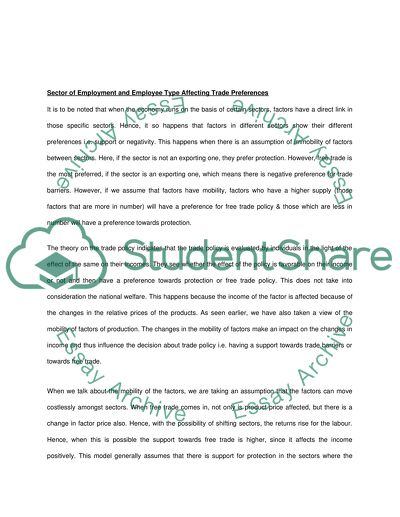Cite this document
(The Determinants of Trade Policy Preferences in the UK Case Study, n.d.)
The Determinants of Trade Policy Preferences in the UK Case Study. Retrieved from https://studentshare.org/macro-microeconomics/1511462-trade-policy-of-uk
The Determinants of Trade Policy Preferences in the UK Case Study. Retrieved from https://studentshare.org/macro-microeconomics/1511462-trade-policy-of-uk
(The Determinants of Trade Policy Preferences in the UK Case Study)
The Determinants of Trade Policy Preferences in the UK Case Study. https://studentshare.org/macro-microeconomics/1511462-trade-policy-of-uk.
The Determinants of Trade Policy Preferences in the UK Case Study. https://studentshare.org/macro-microeconomics/1511462-trade-policy-of-uk.
“The Determinants of Trade Policy Preferences in the UK Case Study”, n.d. https://studentshare.org/macro-microeconomics/1511462-trade-policy-of-uk.


